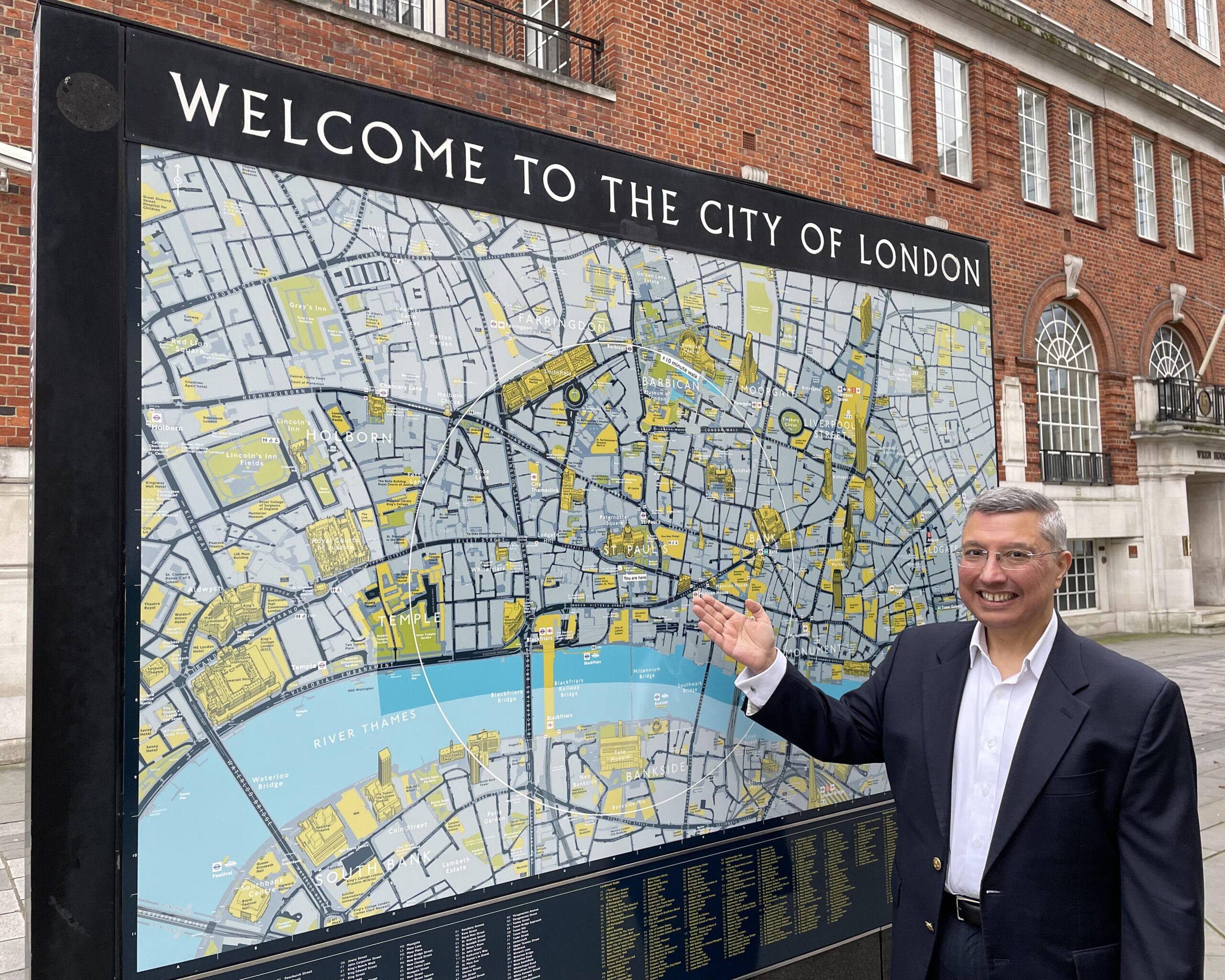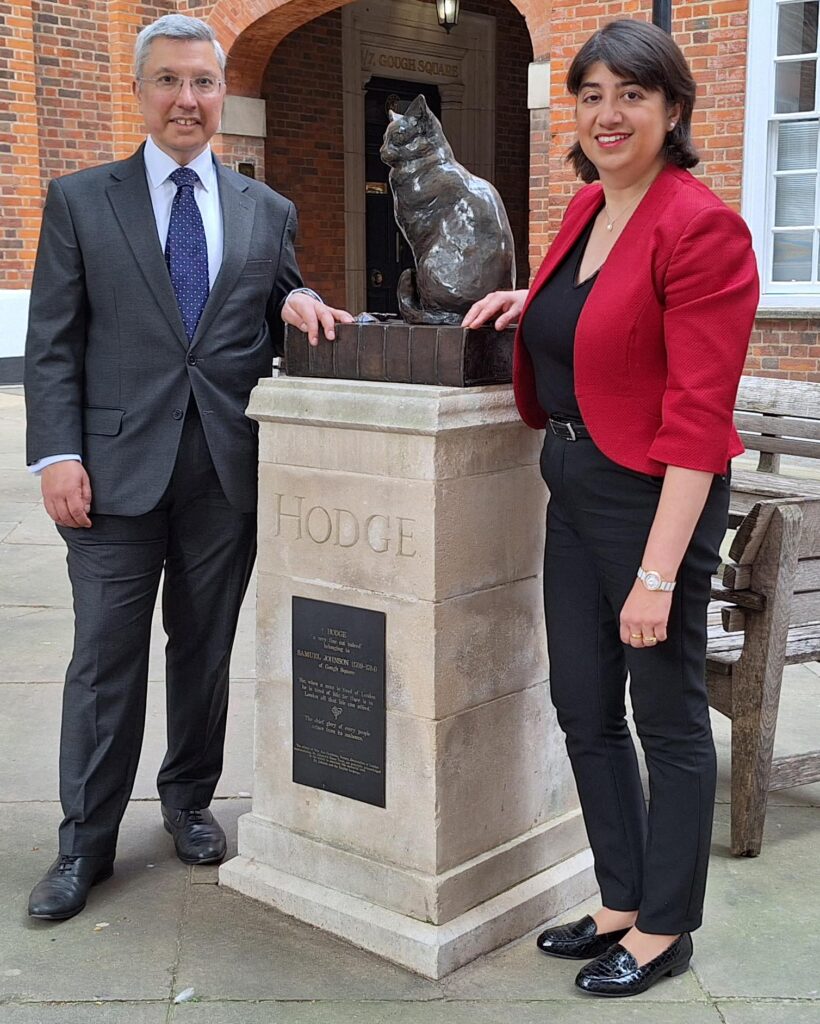The City of London
- Covers a resident population of 8,000, working population of around 500,000 people and around 10m visitors annually (pre-pandemic)
- SMEs represent around 20,000 firms, over 95% of businesses, employing 40% of the workforce
- As a world leading international financial and business centre, it is key to the UK economy through global financial and professional services


Governance
- The City of London Corporation (governing body) is “older than parliament”, with the Lord Mayor as formal head
- The majority of expenditure not funded from the public purse, with a unique constitution and electoral system across 25 wards
- Each ward elects a number of Common Councillors every four years and one Alderman every six years (each largely non-party–political)
- Future Sheriffs and Lord Mayors of the City of London are selected from the Court of Aldermen (25 elected Aldermen)
The Role of Common Councillors
- Oversee the work of the City of London through the Court of Common Council
- Serve on the committees that oversee key areas of policy and activity, e.g. planning, finance
- Represent businesses, residents and charities in the Ward
- Be active in civic activities
The Role of Alderman
- Promote the City of London internationally
- Help drive change through the City to keep it competitive and relevant
- Represent businesses, residents and charities in the Ward
- Be active in civic activities with support and promotion of livery companies
“Whilst the Court of Aldermen is focused on progression to and support for the Mayoralty, they also oversee the creation of new Livery Companies and Guilds and maintain a historic link to the Livery. They also serve on Common Council committees, act as governors and trustees of a variety of schools, hospitals, charitable foundations and trusts with ancient City connections. Aldermen are elected for six years from their date of election, so there is no single date on which they are elected.”
Taken from the City of London website
